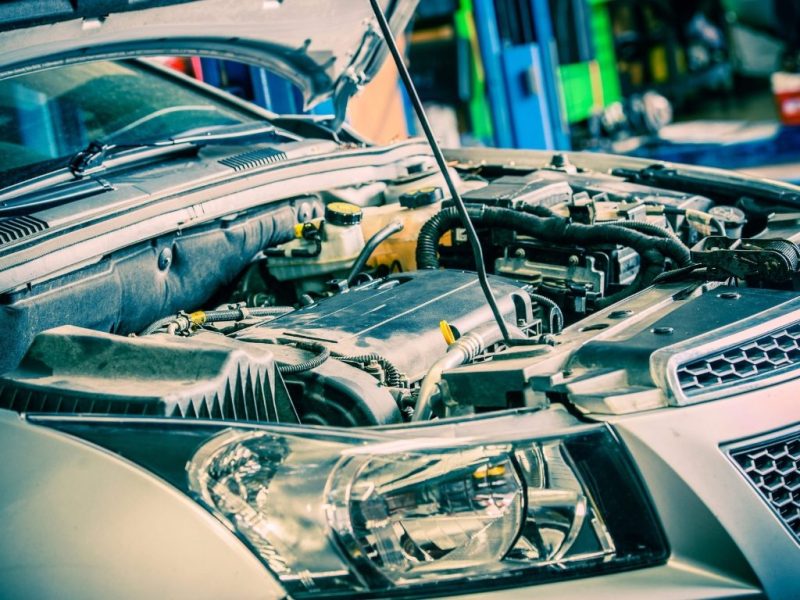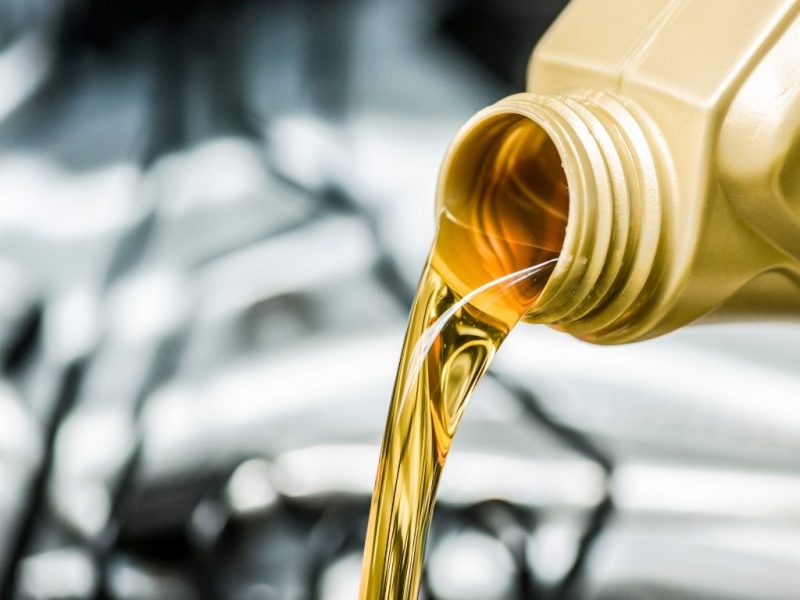
Is it possible to get rid of carbon deposits?
Content
It is not true that cleaning the engine can lead to system leaks, and carbon build-up protects against leaks from the drive system. It is difficult to attribute any positive role to your car to this harmful sediment. Therefore, it should be said loudly and decisively: you can not only get rid of carbon deposits, but also get rid of it as soon as possible!
What will you learn from this post?
- What is carbon deposits and how is it formed?
- How to remove carbon deposits mechanically?
- What is chemical engine cleaning?
- How to protect the engine from carbon deposits?
Shortly speaking
Getting rid of the tedious and harmful sediment that you systematically work with every time you start your car engine is not an easy task. But that doesn't mean you have to let it go and let things take their course. There are effective ways to clean the drive system from carbon deposits: mechanical cleaning and chemical decarbonization. In addition to them, prevention is equally important or even more important.

When does carbon deposit form?
Nagar carbon sludgewhich is formed as a result of the sintering of unburned particles in a mixture of fuel and engine oil, as well as soft impurities in the fuel. This is due to overheating of the lubricant as a result of a malfunctioning cooling system or overly dynamic driving. When superimposed on the internal parts of the drive system, it becomes a serious threat to its efficiency. This is the reason for the increased friction inside the engine. This leads to reduced life of many vital parts such as valves, intake and exhaust manifolds, piston rings, diesel catalytic converter and particulate filter, cylinder liners, EGR valve and even damage to the turbocharger, clutch, transmission. bearings and a dual-mass wheel.
Carbon deposits are a problem with fairly old and badly worn engines. However, this does not mean that new car owners can sleep in peace. Incorrectly selected fuel and oil can kill even the most fuel efficient engine. Especially if it is equipped with direct fuel injectors, due to which the fuel-air mixture cannot be flushed and cleaned on a continuous basis, the pistons and engine valves before it enters the combustion chamber.
Better to prevent ...
Getting rid of carbon deposits is not so easy, anyone who has ever had to disassemble and clean the engine will confirm this. As with many cases, and in this case, of course, the best is prevention... The right lubricant, which is regularly changed, and the smart approach to the green driving trend in recent years helps a lot. It is also possible use of additives and conditioners for fuel and oilduring operation, the creation of a thin but durable protective layer on the elements of the system.

Two ways to combat carbon deposits
But what if it's too late for preventive measures? If you allow engine carbon to build up for a long time and steadily, it will create a thick and hard shell that must be removed. You can do this at home or donate your engine to a specialist.
Mechanically
The mechanical method involves disassembling the engine. If you decide to use this method, you should stock up on emollient drug, with which you can dissolve carbon deposits before starting work. It will be easier to clear the path later, brushing or removing all elements individually with a scraper. Particular attention should be paid to those cracks where it is most difficult to get rid of carbon deposits. After completing the entire process, do not forget to thoroughly rinse off the remnants of the drug and dirt with high pressure water.
Chemically
Chemical cleaning is faster and more efficient. If you decide decarbonation (hydrogenation), the service will take care of a thorough and comprehensive cleaning of the entire system, including the injection system, combustion chambers and intake components.
The duration of the procedure depends on the power of the engine, but is usually 30–75 minutes. It consists in pyrolysis, i.e., anaerobic combustion of carbon deposits under the influence of hydrogen-oxygen. However, a special device is required to complete this procedure, so you can't do it yourself at home.
During hydrogenation, carbon deposits turn from solid to volatile and leave the system with exhaust gases. Treatment can remove up to 90 percent sediment and - most importantly - safe for both gasoline and diesel engines, as well as for gas units.
Whichever scaling method you choose, one thing is for sure: the transmission will continue to run after the deposition process. quieter and more dynamic... Vibration and vibration reduce susceptibility, a burning will be greatly reduced.
Don't wait for the engine to fail. The drive and its accessories are parts whose technical condition must be checked regularly. So try to systematically clean the engine of carbon deposits and do not forget to change the oil regularly, and your car will thank you for it! Drive system protection and cleaning products and the highest quality engine oils can be found at avtotachki.com. See you later!
This will certainly interest you:
How to remove a leak from the cooling system?
Is LongLife Reviews the biggest scam in the automotive industry?
How do I wash my engine to avoid damaging it?
